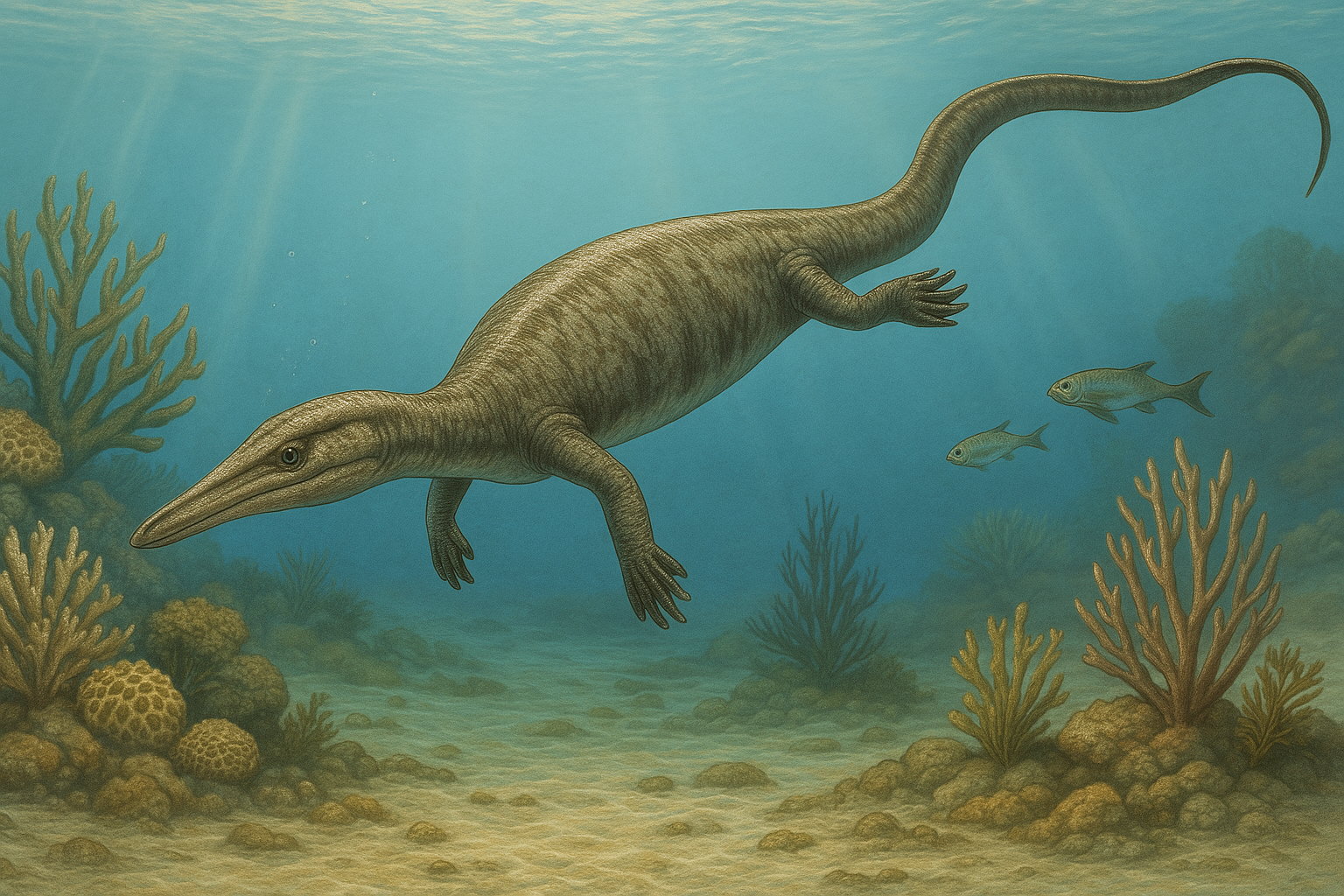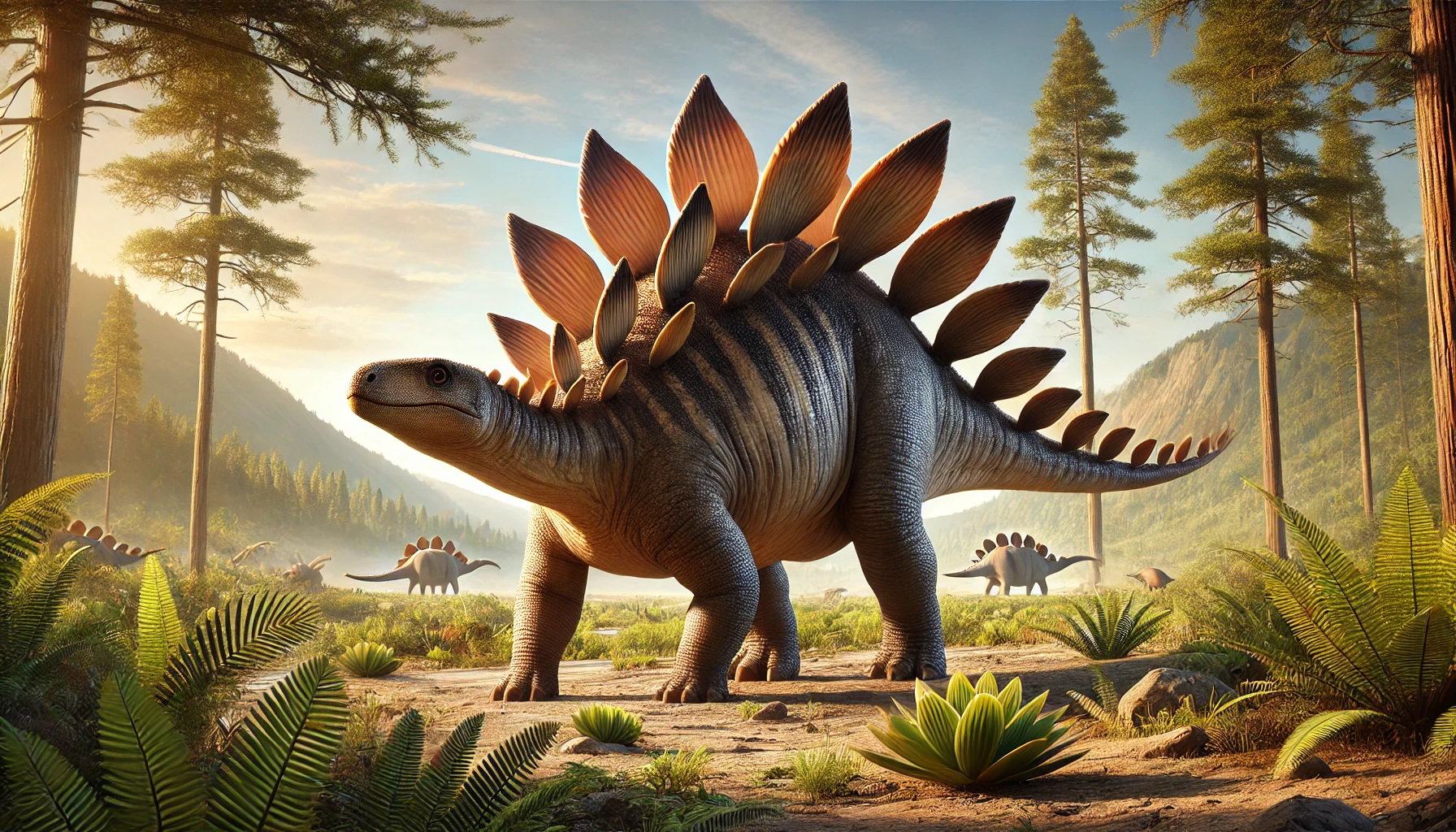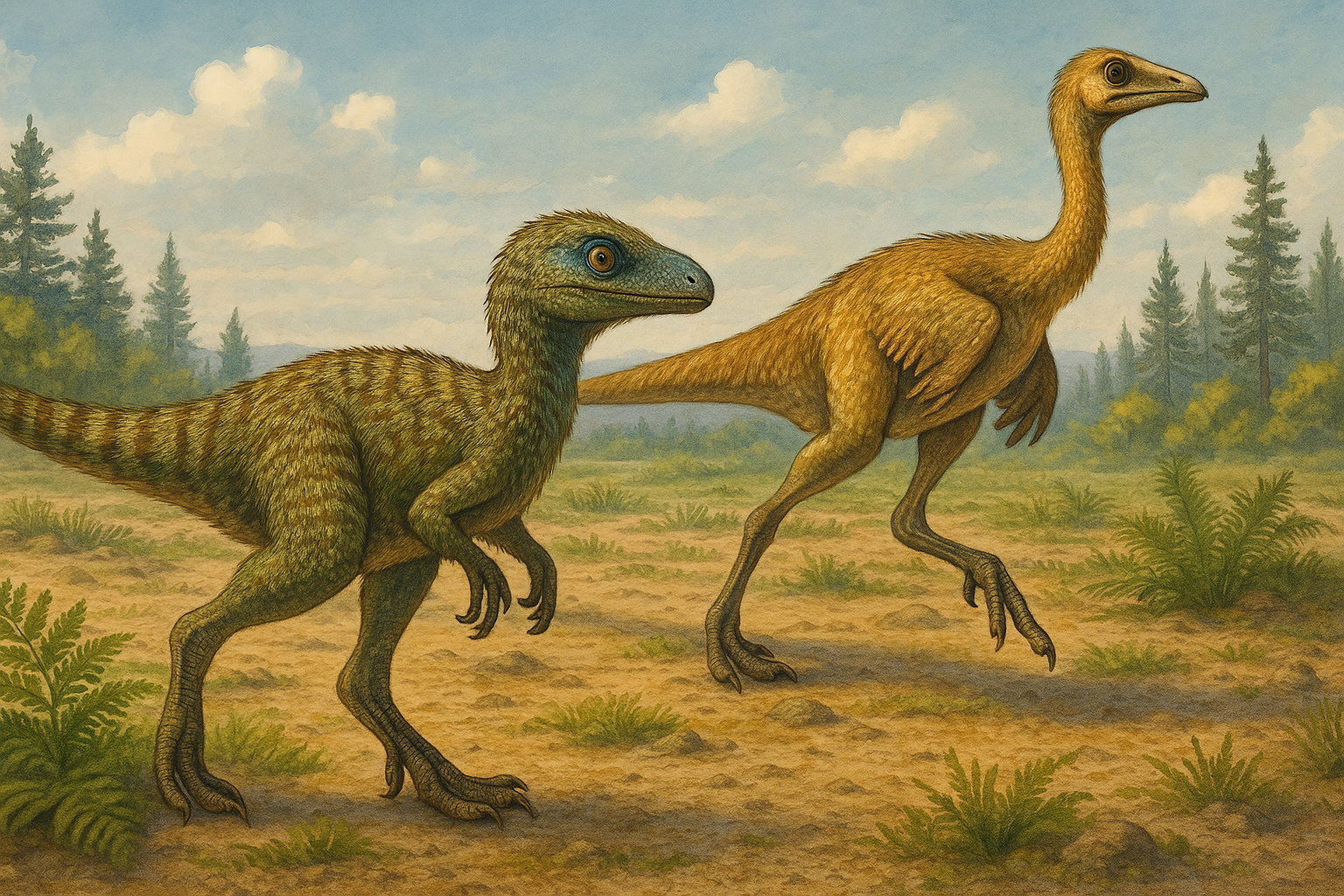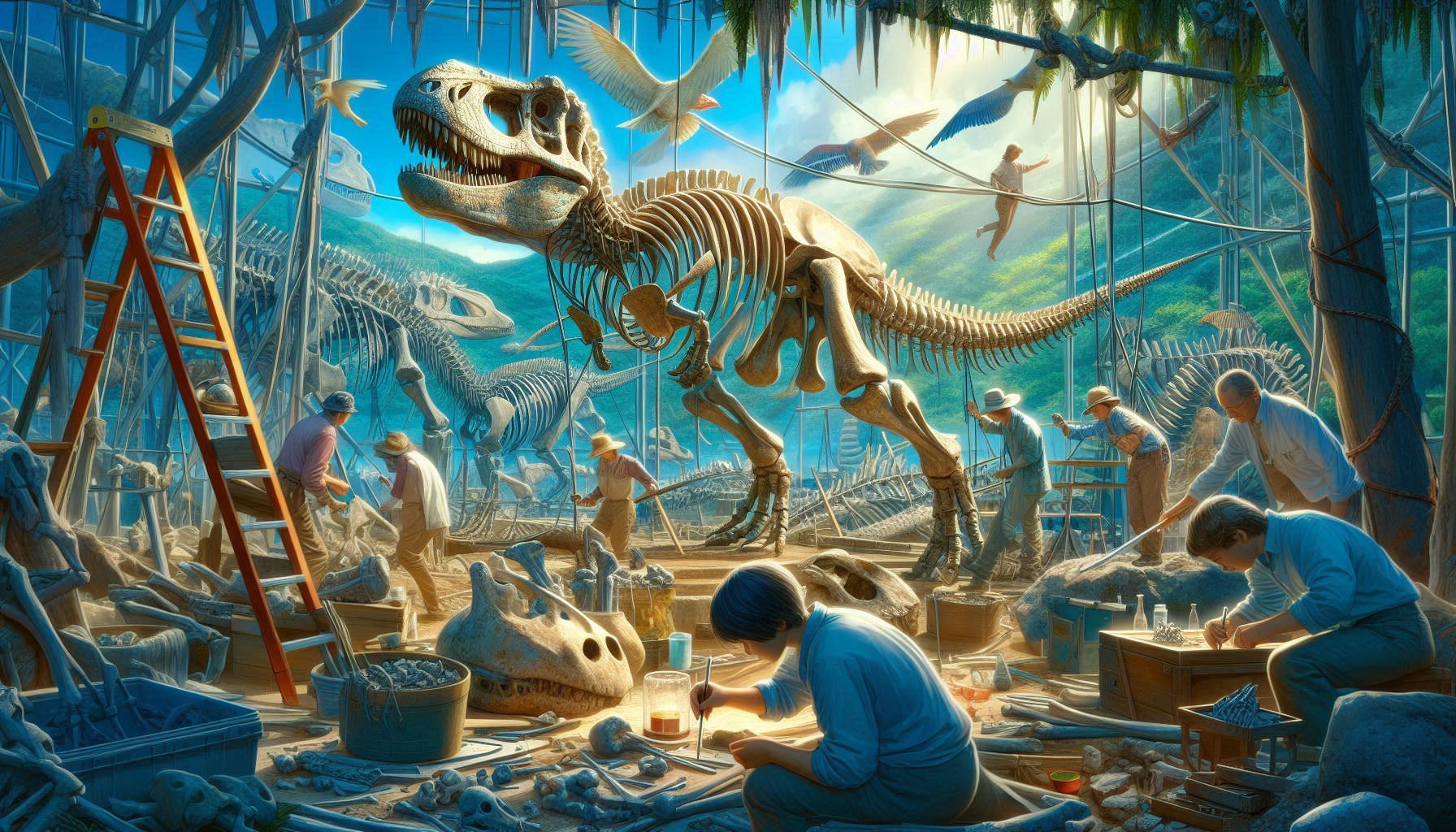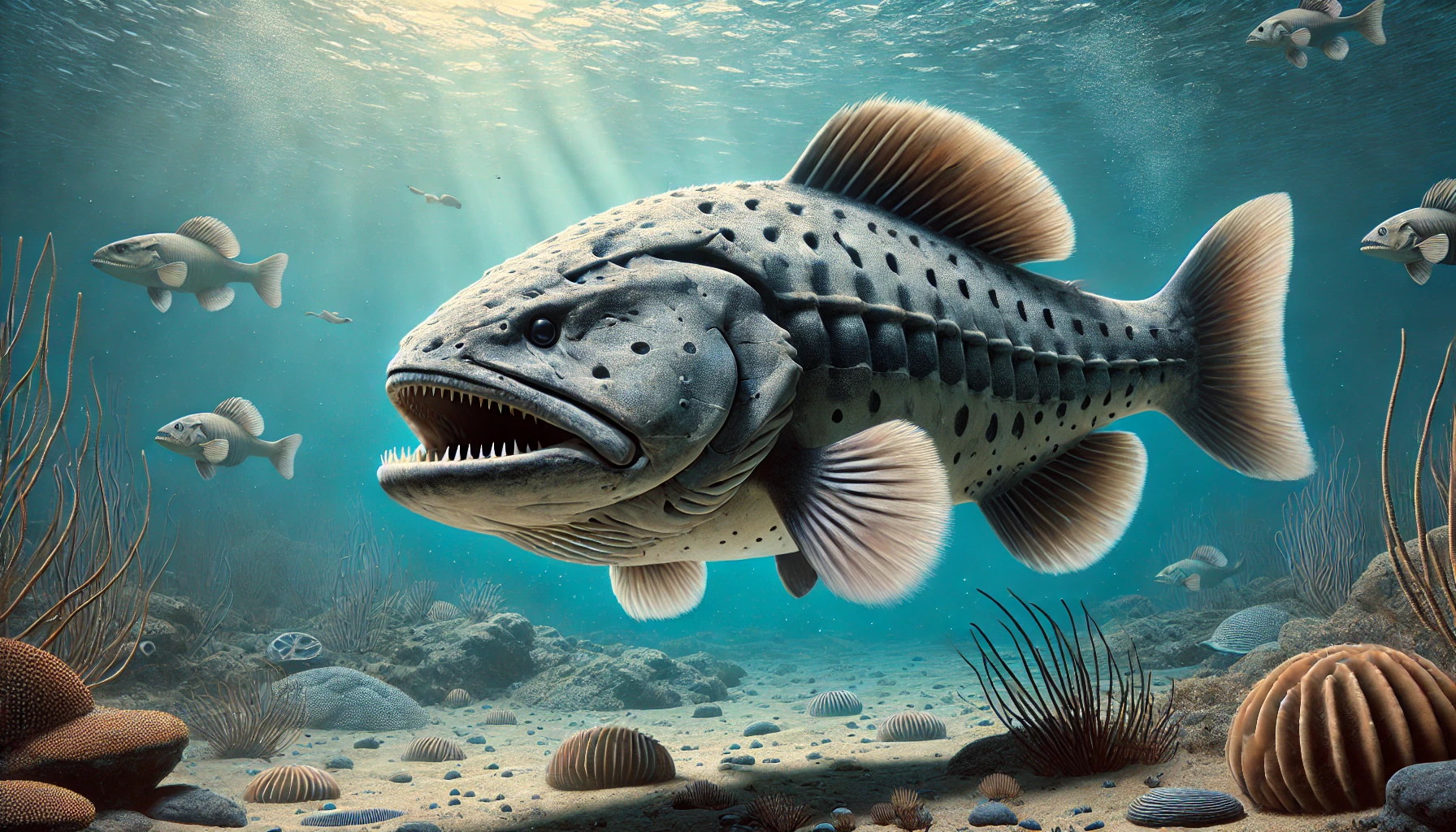Thalattosaur may not be as famous as ichthyosaurs or plesiosaurs, but these peculiar marine reptiles played a vital role in the evolution of ocean life during the Triassic period. With long, paddle-like tails, lizard-like bodies, and oddly shaped skulls, thalattosaurs represent a unique chapter in the story of reptiles that returned to the sea. Their fossils offer crucial clues about the early experimentation of reptiles in aquatic environments — long before the reign of the mighty mosasaurs.
- What Is a Thalattosaur?
- What Did Thalattosaurs Look Like?
- How Big Were Thalattosaurs?
- Where Have Thalattosaur Fossils Been Found?
- What Did Thalattosaurs Eat?
- Were Thalattosaurs Dinosaurs?
- How Did Thalattosaurs Swim?
- Why Did Thalattosaurs Go Extinct?
- Thalattosaurs in Paleontology
- FAQ
- Was thalattosaur a dinosaur?
- What did thalattosaurs eat?
- How did thalattosaurs swim?
- Where did thalattosaurs live?
- Why did thalattosaurs go extinct?
What Is a Thalattosaur?
The word thalattosaur comes from Greek, meaning “sea lizard.” These marine reptiles lived during the Middle to Late Triassic period, roughly 240 to 210 million years ago. They belonged to the extinct order Thalattosauria, a group of reptiles that independently adapted to life in coastal waters. Unlike more streamlined oceanic reptiles, thalattosaurs were primarily shallow-water dwellers — more likely to patrol ancient lagoons and reefs than the open sea.
What Did Thalattosaurs Look Like?
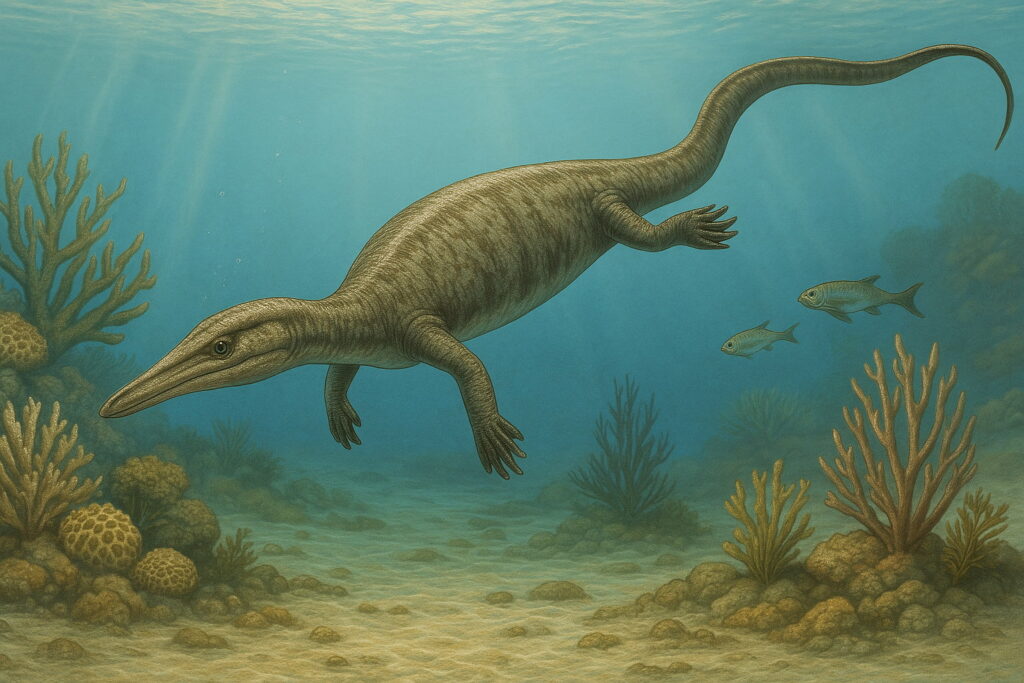
Thalattosaurs had a distinctive appearance that varied by species, but most shared these traits:
- Elongated, flexible bodies similar to modern monitor lizards
- Long, laterally flattened tails for swimming
- Short limbs with paddle-like adaptations
- Long snouts or beak-like jaws, depending on the diet
Some species had strange, downturned snouts that curved like a parrot’s beak — an adaptation likely used for crushing shellfish and scraping food from rocks.
How Big Were Thalattosaurs?
Most thalattosaurs were mid-sized marine reptiles. Typical lengths ranged from 1 to 4 meters (3 to 13 feet), though some species may have reached up to 6 meters. Their size made them formidable enough to hunt fish and invertebrates but small enough to navigate coastal environments with agility.
Where Have Thalattosaur Fossils Been Found?
Thalattosaur fossils have been uncovered in parts of Europe, North America, and Asia — particularly in regions that were once shallow tropical seas. Some of the most complete specimens come from:
- The western United States (Nevada and Alaska)
- China (Guizhou Province)
- Switzerland and Italy (Alpine Triassic formations)
The variety of species found in such distant locations suggests that thalattosaurs were widely distributed and highly adaptable to their environments.
What Did Thalattosaurs Eat?
Diet varied widely between species. Fossilized teeth and skull shapes point to a range of feeding strategies:
- Fish-eating species had long, slender jaws with sharp, conical teeth
- Crustacean-eaters developed blunt, rounded teeth or beak-like snouts
- Some may have scraped algae or mollusks off rocks in shallow lagoons
This dietary flexibility may have helped them thrive in the diverse coastal ecosystems of the Triassic world.
Were Thalattosaurs Dinosaurs?
No. Thalattosaurs were marine reptiles, not dinosaurs. They lived millions of years before the height of the dinosaur era and followed a separate evolutionary path. In fact, they may be more closely related to lepidosaurs (the group that includes lizards and snakes) than to archosaurs like crocodiles and dinosaurs.
How Did Thalattosaurs Swim?
Unlike fast-swimming ichthyosaurs or sleek mosasaurs, thalattosaurs likely relied on side-to-side undulation of the tail to propel themselves — similar to eels. Their short limbs helped with steering but were not their main form of locomotion. This method of swimming made them well-suited for navigating tight spaces in reefs and rocky shorelines.
Why Did Thalattosaurs Go Extinct?
Thalattosaurs disappeared by the end of the Triassic period, around 210 million years ago. The reasons are still debated but may include:
- Climate shifts and sea level changes affecting coastal habitats
- Competition with emerging marine reptiles like ichthyosaurs and early plesiosaurs
- Broader extinction events tied to volcanism and ecological turnover
Despite their extinction, thalattosaurs were an important evolutionary stepping stone, helping scientists understand how reptiles adapted to the sea long before the rise of more specialized marine giants.
Thalattosaurs in Paleontology
Although lesser-known, thalattosaurs are valuable for studying early marine reptile evolution. They represent one of several independent transitions from land to sea in the Triassic, alongside ichthyosaurs, placodonts, and sauropterygians. Their fossils help paleontologists trace the diversity and ecological experimentation that shaped ocean life after the Permian mass extinction.
FAQ
Was thalattosaur a dinosaur?
No. Thalattosaurs were marine reptiles that lived during the Triassic period, unrelated to dinosaurs.
What did thalattosaurs eat?
They ate fish, crustaceans, and mollusks, depending on the species. Some had teeth for gripping prey, while others had beak-like jaws.
How did thalattosaurs swim?
They swam by moving their long tails from side to side, similar to modern eels or sea snakes.
Where did thalattosaurs live?
They lived in shallow coastal waters during the Triassic period, with fossils found in North America, Europe, and Asia.
Why did thalattosaurs go extinct?
Likely due to environmental changes, competition, and extinction events at the end of the Triassic period.
# thalattosaur facts, thalattosaur size, marine reptiles Triassic, thalattosaur fossils, shallow sea reptiles, thalattosaur vs ichthyosaur, early marine reptiles, thalattosaur extinction, coastal reptile evolution, prehistoric sea creatures

